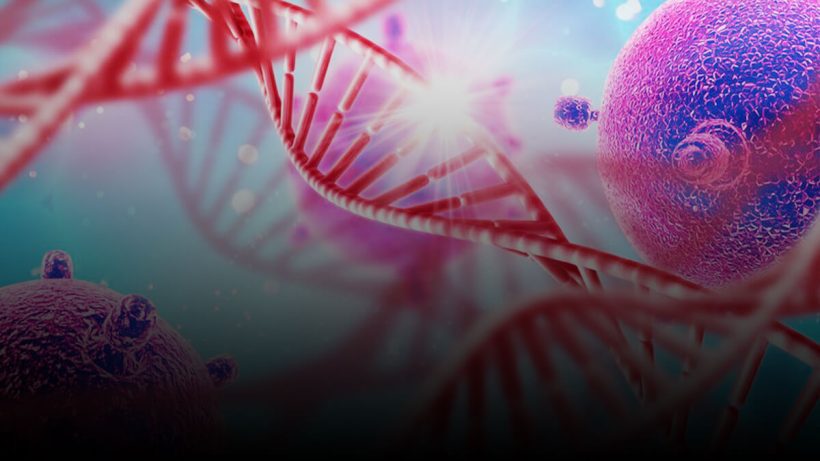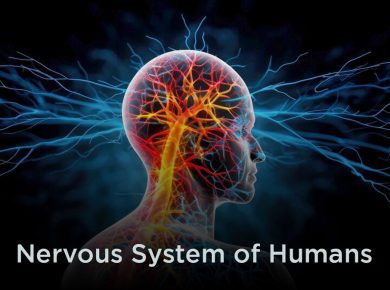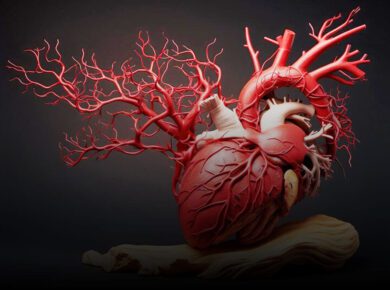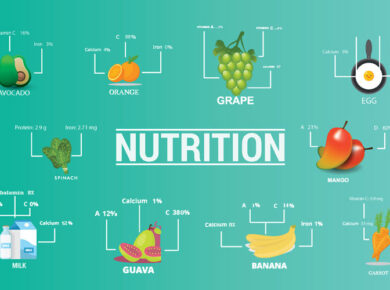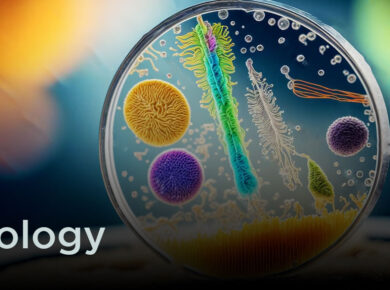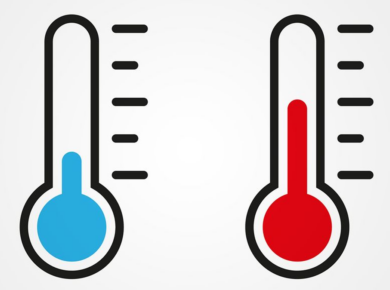Historical Background of Biology
The term of Biology is derived from the Green word (bios, “life” and the suffix, -logia, “study of”).
Although biology in its modern form is a relatively recent development, sciences related to and included within it have been studied since ancient times. Natural Philosophy was studied as early as the ancient civilizations of Mesopotamia, Egypt, the Indian subcontinent and China. However, the origins of modern biology and its approach to the study of nature are most often traced back to ancient Greece.
Aristotle (384 BC – 322 BC) contributed most extensively to the development of biology and be is also well known as the Father of Biology. Aristotle’s successor, Theophrastus, wrote a series of books on botany that survived as the most important contribution of antiquity to the plant sciences. Theophrastus is known as Father of Botany.
Scholars of the medieval Islamic world who wrote on biology included Al-Jahiz (781-869), AlDinawari (828-896), who wrote on botany, and Rhazes (865-925) who wrote on Anatomy and Physiology. Medicine was especially well studied by Islamic scholars working in Greek philosopher traditions, while natural history drew heavily on Aristotelian thought, especially in upholding a fixed hierarchy of life.
Biology began to quickly develop and grow with Antony Van Leeuwenhoek’s dramatic improvement of the microscope. It was then that scholars discovered spermatozoa, bacteria etc. and the sheer strangeness and diversity of microscopic life. Investigations by Jan Swammerdam led to new interest in entomology and built the basic techniques of microscopic dissection and staining.
Advances in microscopy also had a profound impact on biological thinking itself. In the early 19th century, a number of biologists pointed to the central importance of the cell. In 1838 and 1839, Schleiden and Schwann began promoting the ideas that
(1) The basic unit of organisms is the cell and
(2) that individual cells have all the characteristics of life, although they opposed the idea that
(3) all cells come from the division of other cells.
Meanwhile, taxonomy and classification became a focus in the study of natural history. Carolus Linnaeus published a basic taxonomy for the natural world in 1735 (variations of which have been in use ever since), and in the 1750’s introduced scientific names for all his species.
Serious evolutionary thinking originated with the works of Lamarck. However, it was the British naturalist, Charles Darwin combining the bio-geographical approach of Humboldt, the uniformitarian geology of Lyell, Thomas Malthus’ writings on population growth and his own morphological expertise, that created a more successful evolutionary theory based on natural selection; similar reasoning and evidence led Wallace to independently reach the same conclusions.
The discovery of the physical representation of heredity came along with evolutionary principles and population genetics. In the 1940’s and early 1950’s, experiments pointed to DNA as the component of chromosomes that held genes. A focus on new model organisms such as viruses and bacteria, along with the discovery of the double helical structure of DNA in 1953 marked the transition to the era of molecular genetics. From the 1950’s to present times, biology has been vastly extended in the molecular domain.
The genetic code was cracked by Har Gobind k, Robert W. Holley and Marshall Warren Nirenberg after DNA was understood to contain codons. Finally, the Human Genome Project was launched in 1990 with the goal of mapping the general human genome. This project was essentially completed in 2003, with further analysis still being published. The Human Genome Project was the first step in a globalized effort to incorporate accumulated knowledge of biology int a functional, molecular definition of the human body and the bodies of other organisms.
